Miriam-Heller-Stern-keynote-from-110922-Edu-Conf_Kaplan-Creativity-and-Jewish-Education
FACET 1: Creativity as Interpreting
Animated by curiosity and a quest for understanding, interpreters can ask “What could this mean? What does this mean to me? How does this impact others?” They can pose and answer questions about meaning and impact in a variety of life’s situations, using a range of lenses, tools, hermeneutics, symbols, and forms of expression.
FACET 2: Creativity as Curating
Curators have a developed sense of aesthetics, values, and criteria that guide their choices. They are learning to prioritize and make values-based choices in a free society where autonomy reins, authority is questioned, and influencers attract followers. They reflect, “How do I want to thoughtfully curate my identities, my lifestyle, my relationships, my communication, and my activities?” They make selections for themselves and for others with considered intention and purpose.
FACET 3: Creativity as Making
Creators make chidushim, which we might think of expansively beyond ideas as “new offerings,” in many forms: original ideas, inventions, suggestions, solutions, art, poetry, literature, machines, tools, systems, experiences, celebrations, expressions, rituals, and more. They learn to use the resources and materials available to become creators. They draw upon their skills, knowledge, language, and relationships to infuse their creations with meaning and value. They can examine their world and themselves with wonder and ask, “What’s missing? What is needed? What might be beneficial or valuable?” and begin to imagine possible responses. They may also “trust the process” and guide something new into being without a plan.
FACET 4: Creativity in Collaboration
Collaborators are open to cooperating with others to interpret, curate, and create together. Collaboration is not only a meeting of the minds, but it draws together complementary talents, perspectives, and skills. Sometimes the role of the collaborator is to midwife creative products for their partners who might need a muse or feel stuck. Collaborating involves a set of subskills: They are strategic and generous in collaborating in ways that add value to their own lives and to the people in their orbit. With self-awareness, they can recognize the different talents, skills, ideas, and expressions they bring to generate something greater than what could be achieved alone. They can listen. They ask, “How can I contribute?” They can provide constructive critique that elicits rather than inhibiting the creator’s creativity. They can create and refine genius ideas in relationship with others.39

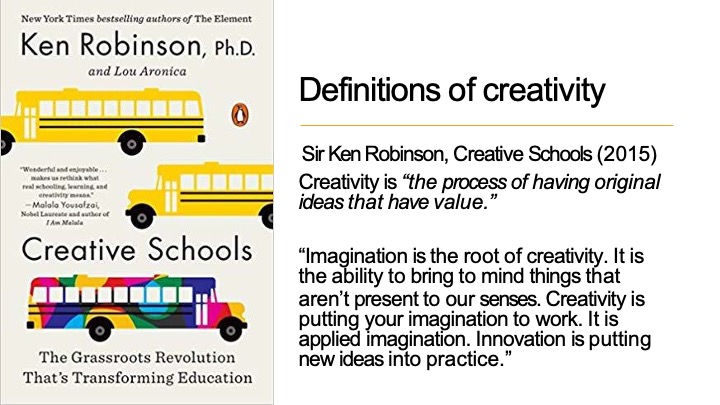
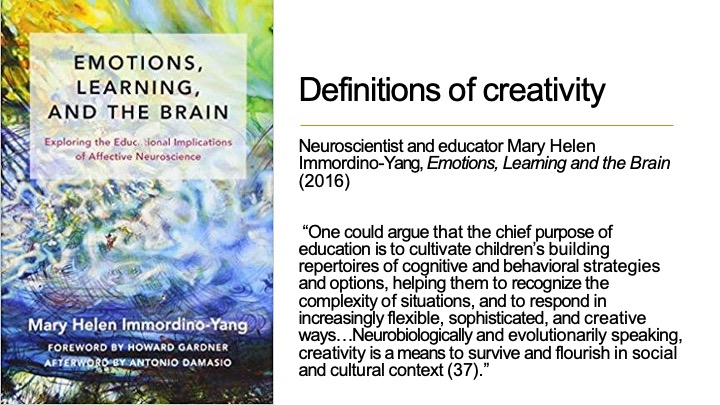
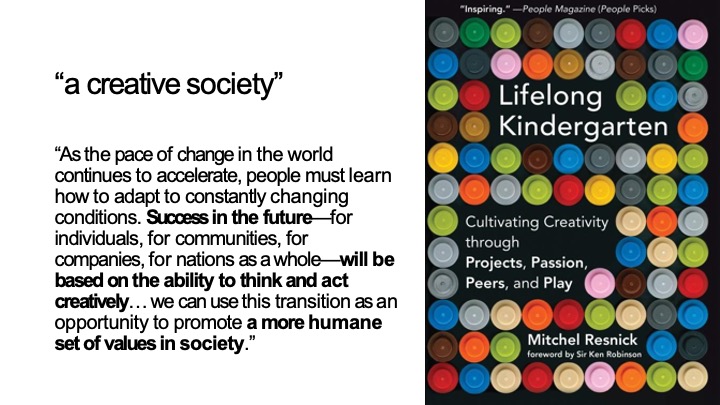

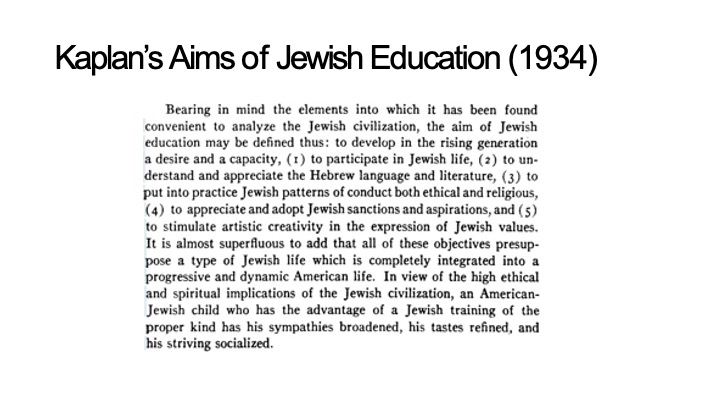
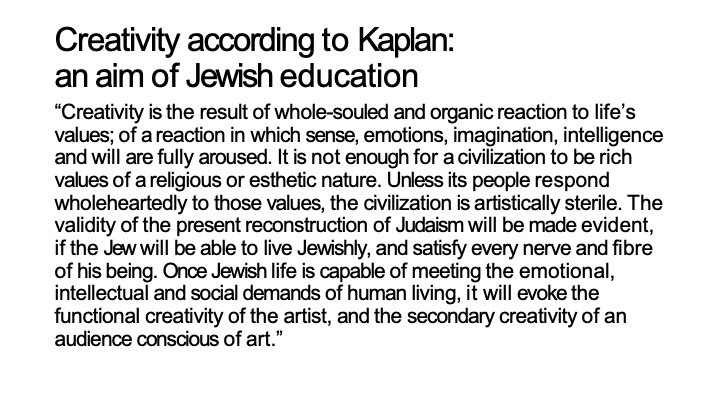

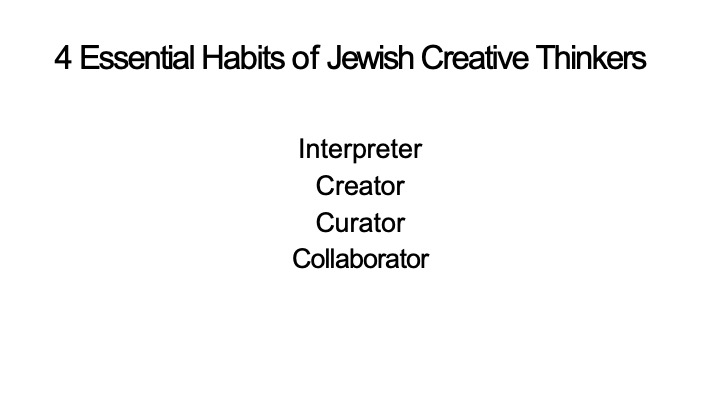
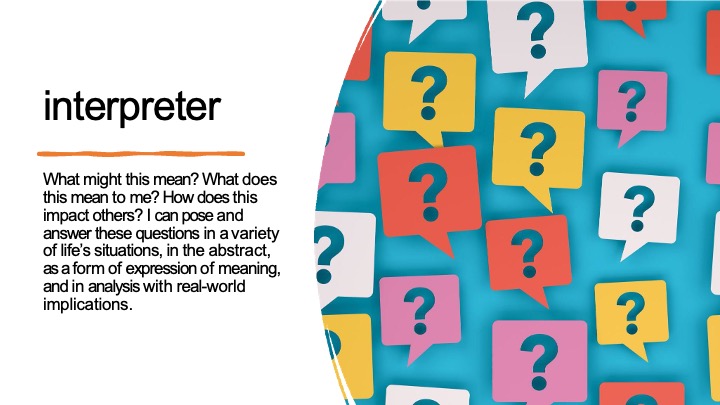
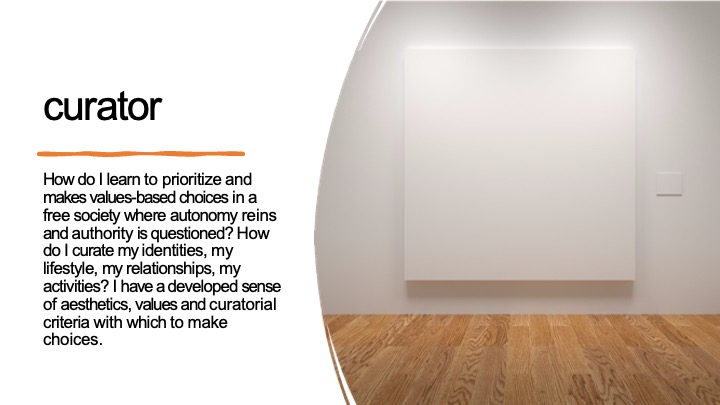

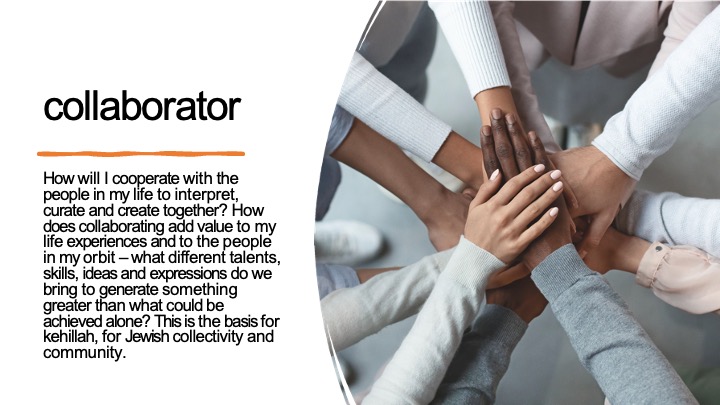
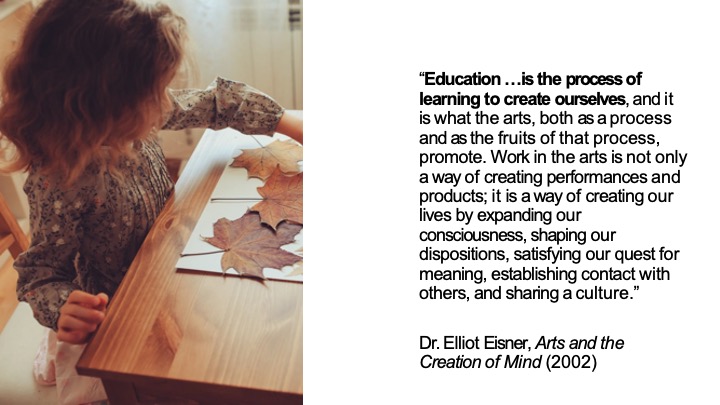
Leave a Reply
You must be logged in to post a comment.